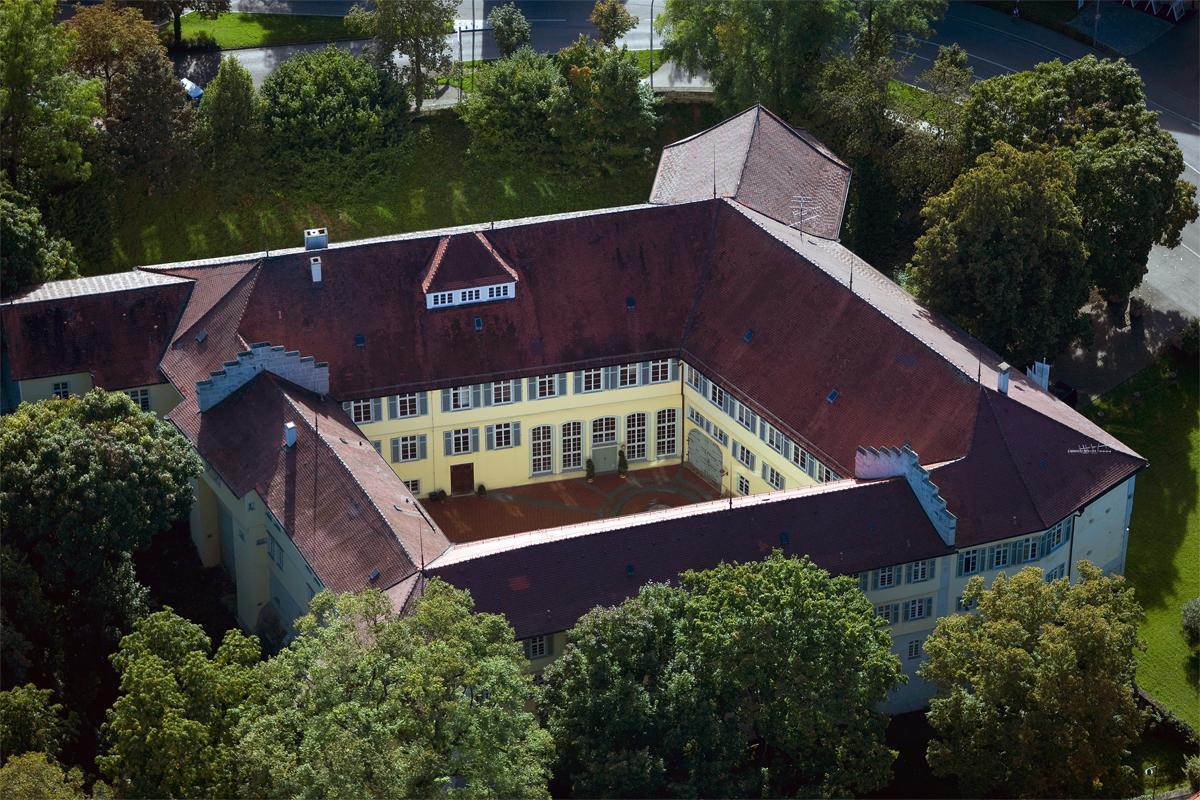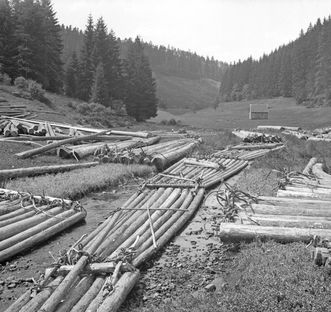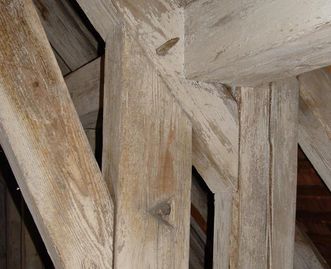SOFTWOOD AS A BUILDING MATERIAL
Instead of using the oaks that grew in the Kirchheim area at the time of the palace's construction, 16th-century construction workers primarily used conifer wood from the Black Forest for the roof truss. The long, straight trunks were particularly well suited for spanning the 15-meter-wide ceiling. Softwood is also less likely than oak to crack, thanks to its longer fibers, and is therefore better able to withstand the tensile force of the truss.






